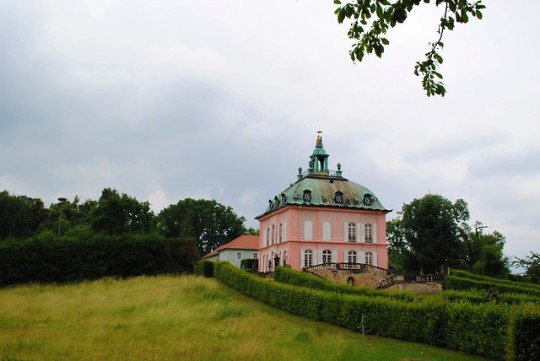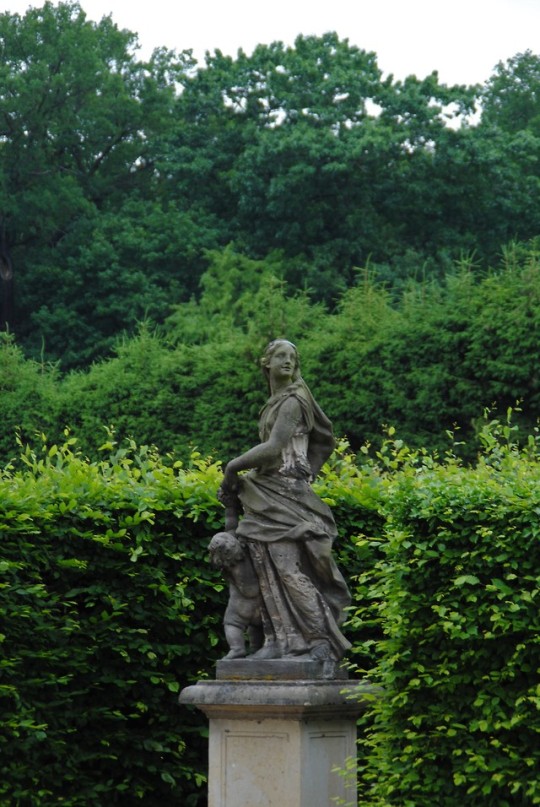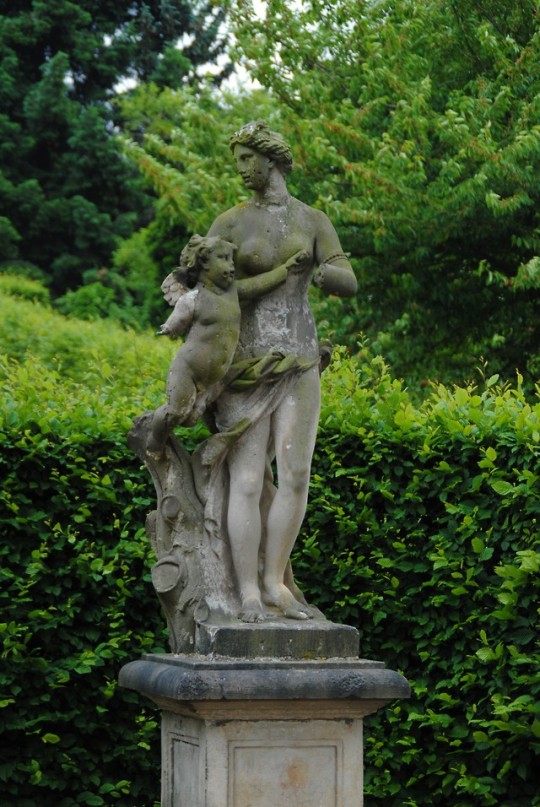#fasanenschlösschen
Photo
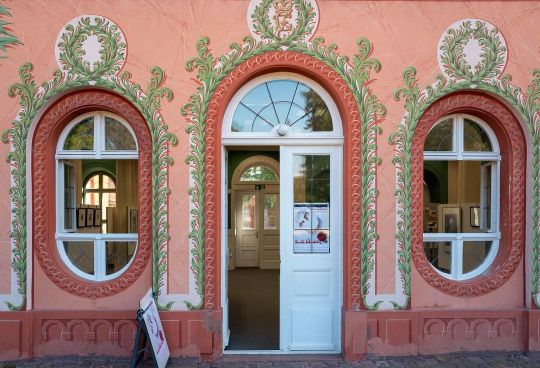
#fasanenschlösschen #karlsruhe #bockaufkarlsruhe #chinapavilion #fensterbilder #fensterblick #fotolabyrinth (hier: Fasanengarten) https://www.instagram.com/p/Chuuqdprg6j/?igshid=NGJjMDIxMWI=
#fasanenschlösschen#karlsruhe#bockaufkarlsruhe#chinapavilion#fensterbilder#fensterblick#fotolabyrinth
0 notes
Photo

Werbung #unbezahlt 🌰🌰🌰 #SchlossMoritzburg #Fasanenschlösschen #LeuchtturmMoritzburg (hier: Moritzburg, Saxony) https://www.instagram.com/p/ChLBBhmokNFane5SKV6QfAZLLjFeZqVZB7Vr1w0/?igshid=NGJjMDIxMWI=
0 notes
Text

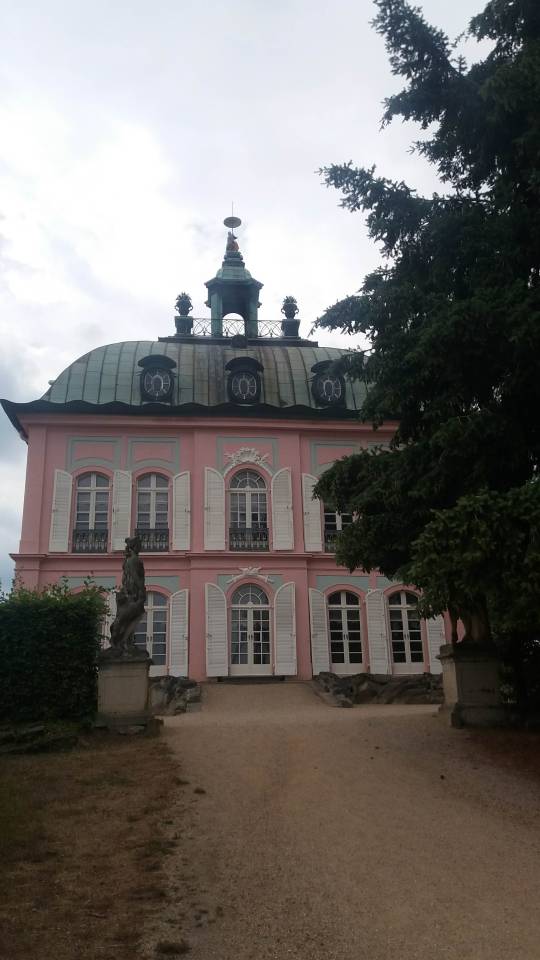

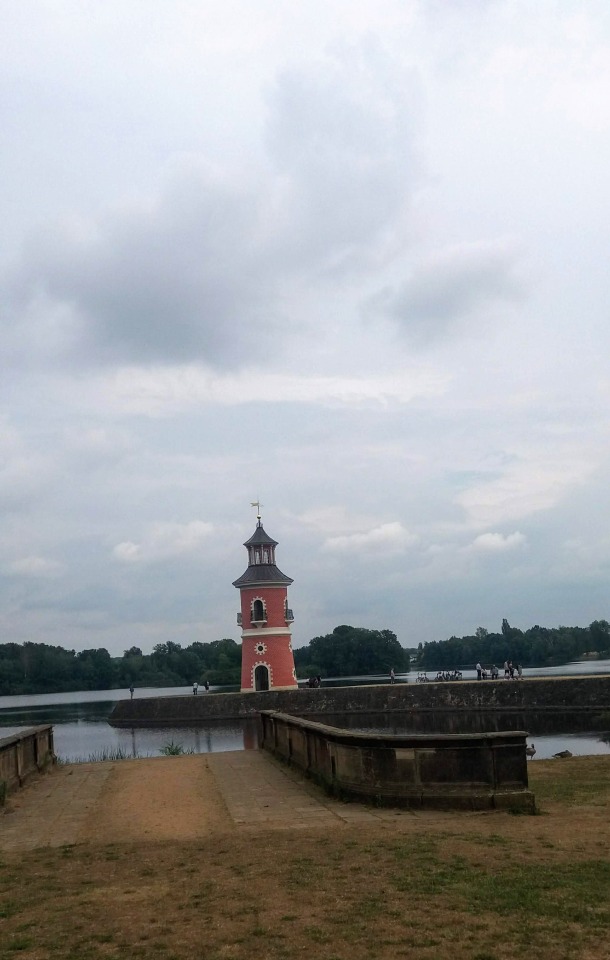
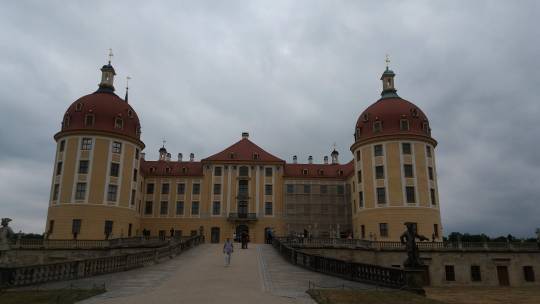
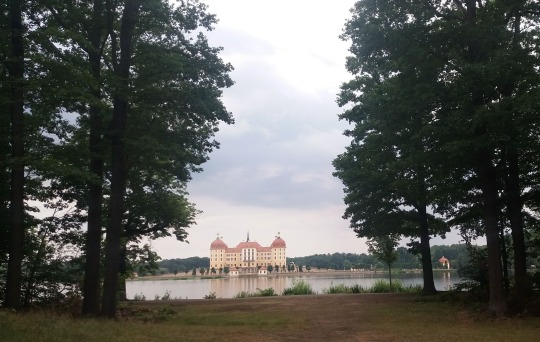
Reisen mit dem 9-Euro-Ticket
25.06.2022 – Moritzburg
Der Zug fährt pünktlich los und kommt pünktlich in Dresden Neustadt an. Direkt vorm Eingang fahren die Busse ab. Der Bus ist auch pünktlich und weiter geht es bis nach Moritzburg direkt zum Eingang zum Schloss.
Zurück ist es nicht ganz so leicht, weil die Busse nur alle zwei Stunden wieder nach Dresden fahren. Auch die Bushaltestelle für den Heimweg liegt ein wenig versteckt.
Schloß Moritzburg hat sich für seine Besucher etwas Besonderes ausgedacht – das Histopad. Man bekommt ein Pad ausgehändigt, dass einem in jedem Raum zeigt, wie dieser im 18.Jahrhundert aussah. Eine ganz tolle Sache! Geschichte live erleben.
Der Weg zum Fasanenschlösschen ist leider nicht sehr gut ausgeschildert. Aber man kann es vom Schloss aus schon sehen, folgt einfach dem Trampelpfad dorthin.
1 note
·
View note
Photo

Unterwegs durch die Natur
#moritzburg#fasanenschlösschen#pink#sachsen#saxony#simplysaxony#einfachsachsen#meindeutschland#visitdeutschland#germantourism#deutschlandtourismus#meindeutschlandliebe#srs_greatshots#srs_germany#germany#germanvision5k#leuchtturmmoritzburg#binnenleuchtturm
2 notes
·
View notes
Photo
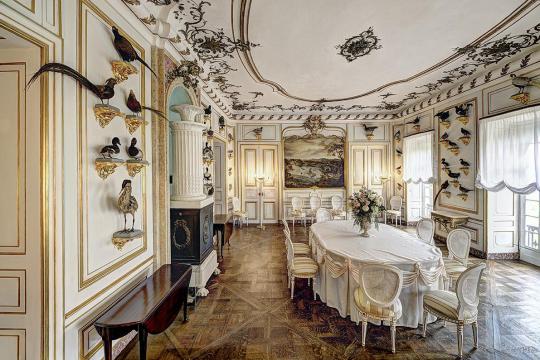
Fasanenschlösschen, Moritzburg estate, Saxony, Germany
#art#design#interiors#interiordesign#castle#little pheasant castle#germany#saxony#moritsburg#country house#luxury houses#luxury homes#luxurylifestyle#style#history#dining room#lodge
164 notes
·
View notes
Photo
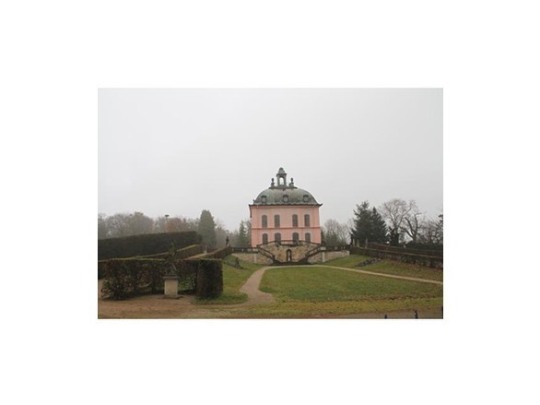
Fasanenschlösschen The ‘Little Pheasant Castle' known locally as ‘Fasanenschlösschen' is an eighteenth-century hunting lodge on the grounds of the Moritzburg estate, outside Dresden, Germany. The building was designed by the Dresden architect Johann Daniel Schade (1730-1798) and constructed between 1770 and 1776 to be used as a hunting lodge. The interior spaces were decorated with rare and exotic rococo finishes, including painted wood and plaster, stucco lustro (a special plaster finish in imitation of marble), mural paintings on canvas, inlaid wood paneling, and painted and gilded ceiling stucco, as well as unique finishes crafted out of materials like embroidered silk, straw, pearls and feathers. In royal hands until 1945 the building was then used as part of a natural history museum until it was closed for restoration in 1996. From 2010 - 2013 ‘WMF’ assisted with the conservation of the castle’s interior wall coverings together with the ‘Ostdeutsche Sparkassenstiftung' (‘East German Savings Bank Foundation’) and 'Sparkasse Meißen'. The project prioritised the conservation of the rarest finishes, which were in urgent need of attention. In the bedroom the original feather wall decoration was almost entirely intact. Surviving feathers were cleaned and reinstalled. In the Elector’s Bathroom a unique assembly consisting of straw interwoven with rows of pearls and attached to canvas backing with silver wire were also be conserved. Historic embroidered silk from the Chinese Cabinet was carefully replicated with the aid of comparative studies, archival records and oral descriptions, as little original material survived. Where the historical record did not provide adequate information a simple finish matching the original in colour and texture was substituted. The building is an ideal museum of Rococo interior decoration. #neonurchin #neonurchinblog #dedicatedtothethingswelove #suzyurchin #ollyurchin #art #music #photography #fashion #film #words #pictures #neon #urchin #schlossmoritzburg #augustthestrong #friedrichaugustIII #rococopalace #johanndanielschade #johanngottliebhauptmann #ostdeutschesparkassenstiftung #sparkassemeißen #worldmonumentsfund (at Germany) https://www.instagram.com/p/CBKyh-kgca-/?igshid=wqe0tdnfh8pd
#neonurchin#neonurchinblog#dedicatedtothethingswelove#suzyurchin#ollyurchin#art#music#photography#fashion#film#words#pictures#neon#urchin#schlossmoritzburg#augustthestrong#friedrichaugustiii#rococopalace#johanndanielschade#johanngottliebhauptmann#ostdeutschesparkassenstiftung#sparkassemeißen#worldmonumentsfund
0 notes
Photo
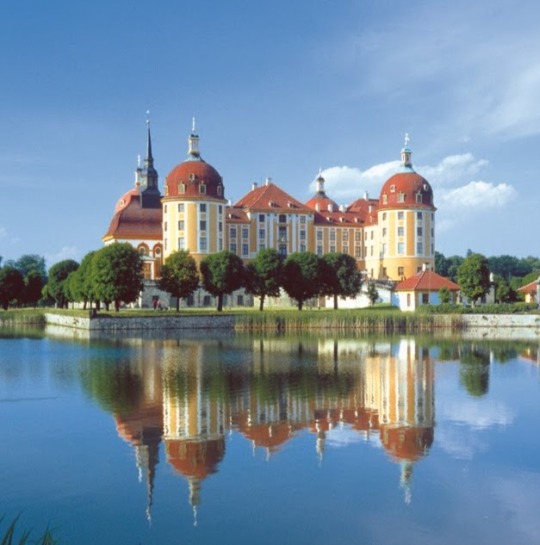

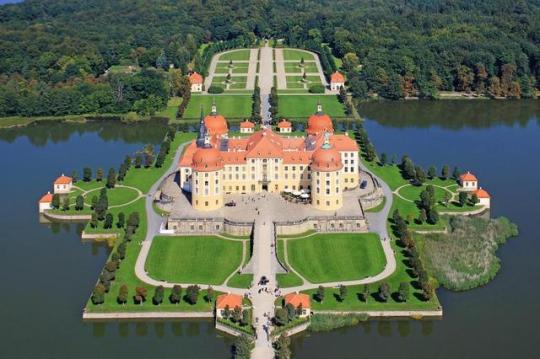
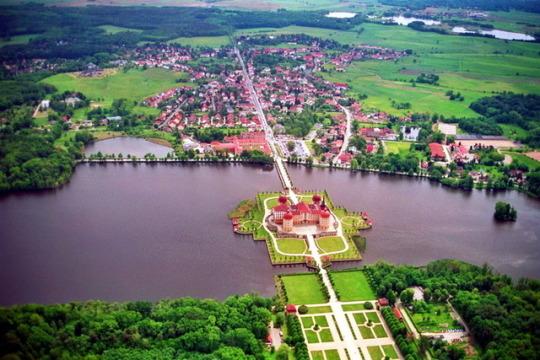
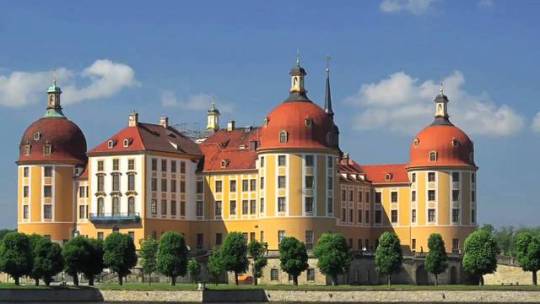
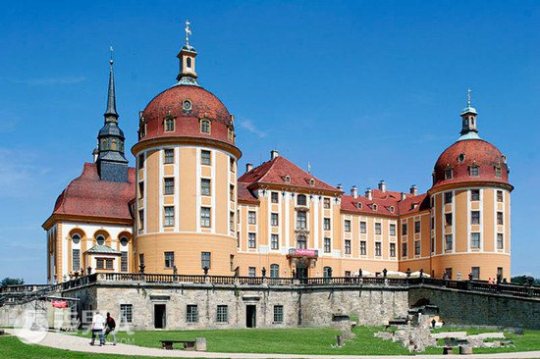

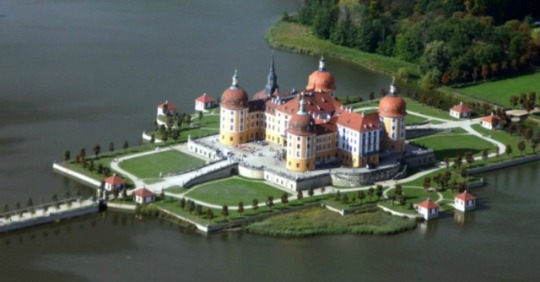
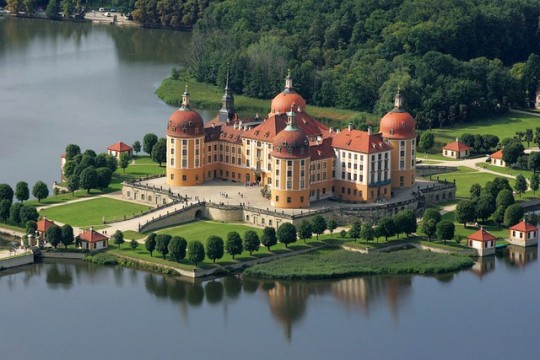


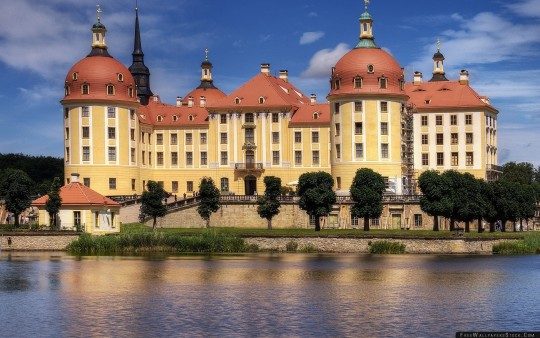
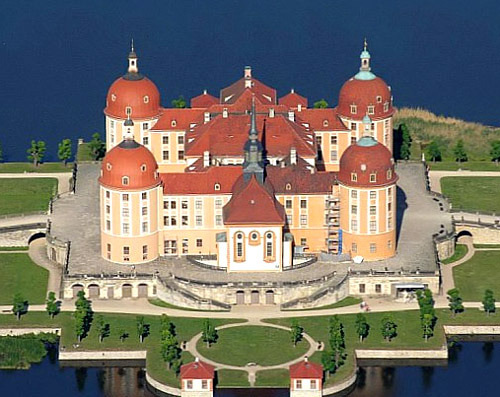


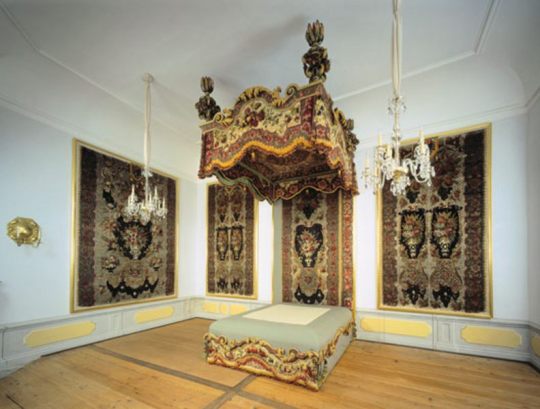
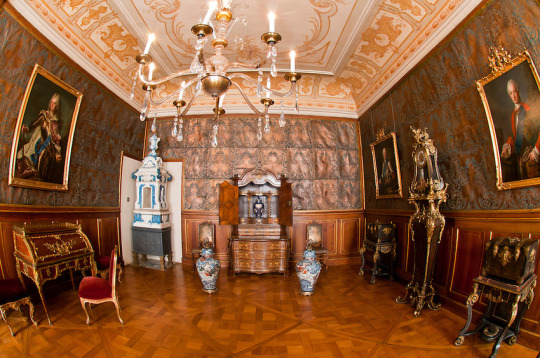
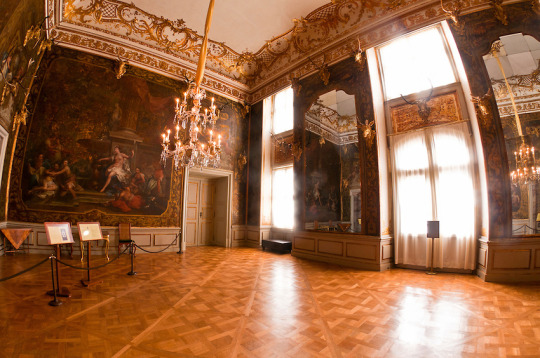

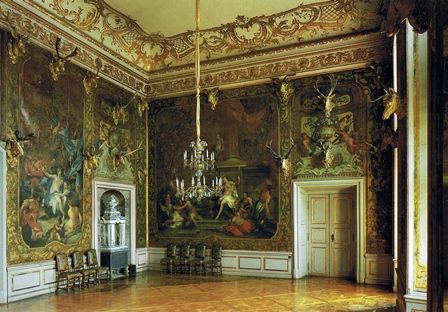
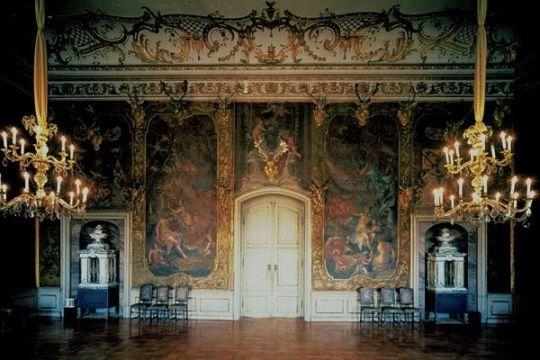
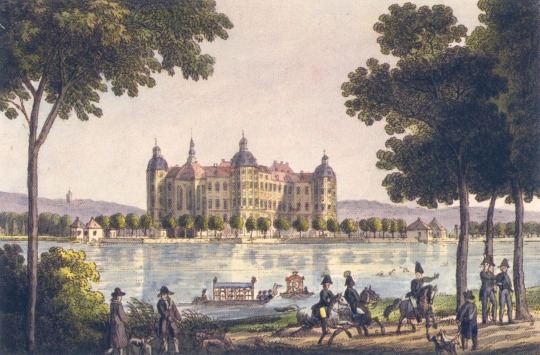


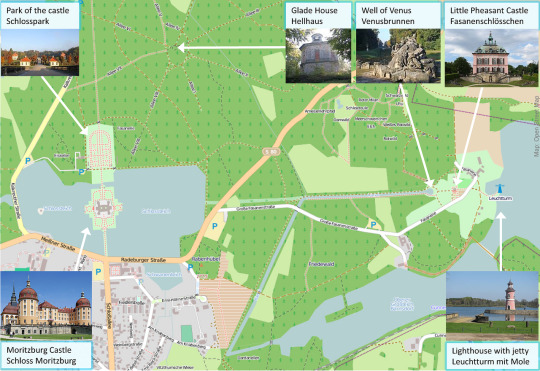
Moritzburg Castle
Moritzburg Castle (German: Schloss Moritzburg) or Moritzburg Palace is a Baroque palace in Moritzburg, in the German state of Saxony, about 13 kilometres (8.1 mi) northwest of the Saxon capital, Dresden. The castle has four round towers and lies on a symmetrical artificial island. It is named after Duke Moritz of Saxony, who had a hunting lodge built there between 1542 and 1546. The surrounding woodlands and lakes have been a favourite hunting area of the electors and kings of Saxony.
The original castle, built from 1542–1546, was a hunting lodge for Moritz of Saxony, then Duke of Saxony. Elector John George II of Saxony had the lodge extended; the chapel was added between 1661 and 1671. Designed by his architect, Wolf Caspar von Klengel, the chapel is an example of early Baroque architecture.
The chapel was consecrated in a Catholic rite in 1697, after the grandson of John George II, Elector Augustus II the Strong, converted to Catholicism in order to secure his election as King of Poland. Between 1723 and 1733, Augustus had the castle remodelled as a country seat by architects Matthäus Daniel Pöppelmann and Zacharias Longuelune, adding a formal park, several ponds and a game preserve.
The surroundings of the castle were further developed by Elector Frederick Augustus III of Saxony, a greatgrandson of Augustus II the Strong, at the end of the 18th century. The Little Pheasant Castle (Fasanenschlösschen) was built between 1770 and 1776. The grounds were extended to include a building for the storage of bird nets, the large Well of Venus, living quarters for Count Camillo Marcolini and a maritime setting on the Great Lake complete with a miniature harbour with jetty and lighthouse.
Prince Ernst Heinrich of Saxony, who lived in the castle between 1933 and 1945, was the last resident of the House of Wettin. He was dispossessed in 1945 by the postwar Soviet administration.
The interior of the castle is furnished with examples of opulent baroque decor from the time of Augustus the Strong. The walls are covered in 17th century gold-gilded leather. Many rooms' furnishings are dedicated to courtly hunting.
The collection of red deer antlers is one of the most important of its kind. The castle's largest collection of antlers is shown in the Speisesaal ("dining room"). Most of its 71 trophies are between 270 and 400 years old; they were purchased or acquired as presents. Among them is the heaviest red deer antler in the world, weighing 19.8 kilograms (44 lb) and spanning almost 2 metres (6.6 ft). In the Monströsensaal ("monstrosity room"), there are 39 contorted antlers. One specimen, a 66-point red deer antler is from an animal killed by Elector Frederick III of Brandenburg in 1696.
In 1723, Augustus the Strong acquired a four-poster bed for his Japanese palace. It had approximately a million peacock, pheasant, guinea hen and duck feathers woven into the canvas. Rather than gluing or tying the feathers onto the canvas, they were woven in as weft. Upon acquisition, Augustus had the curtains removed and turned into wall hangings, inspiring the room's name, Federzimmer, or "feather room". This ensemble was moved to Schloss Moritzburg in 1830. Following an extensive 19-year restoration, the bed and wall hangings have been on view again since 2003.
Examples of Chinese, Japanese and Meissen porcelain are shown in the historical Porzellanquartier ("porcelain quarter"). This exhibition displays porcelain depicting hunting, exotic and mythological motifs as well as animal figurines that are relating to Moritzburg’s original determination as a hunting lodge.
The apartments contain examples of opulence in the lacquered and ornate furniture, such as the Augsburg-made silver furniture styled after Louis XIV's silver furniture at Versailles. There are also engraved and inlaid weapons for hunting. The Billiardsaal ("billiards hall"), named after a former billiard table in it, contains monumental paintings on leather by Louis de Silvestre. Eleven rooms are decorated with painted leather wallpaper from the 17th century.
A collection of royal carriages is shown in the entrance hall.
Was originally intended to be a hunting lodge for Moritz of Saxony, then Duke of Saxony. Elector John George II of Saxony had the lodge extended; the chapel was added in 1661 and was designed by his architect, Wolf Caspar von Klengels. The chapel was consecrated in a Catholic rite in 1697, after the grandson of John George II, Elector Augustus II the Strong, converted to Catholicism in order to secure his election as King of Poland. The surroundings of the castle were further developed by Elector Frederick Augustus III of Saxony, a great-grandson of Augustus II the Strong, at the end of the 18th century. The grounds were later extended to include living quarters for Count Camillo Marcolini and a maritime setting on the Great Lake complete with a miniature harbor with a jetty and lighthouse was included. Prince Ernst Heinrich of Saxony, who lived in the castle between 1933 and 1945, was the last resident of the House of Wettin to live in this majestic "pièce de résistance" of a home.
youtube
2 notes
·
View notes
Photo

Einen schönen Freitag 🌞 #visitkarlsruhe #schlossgartenkarlsruhe #fasanenschlösschen #winterwonderland #winterspaziergang #winterpark #fotolabyrinth #leicacraft (hier: Fasanengarten) https://www.instagram.com/p/CLLuvp_LUhf/?igshid=yvyy52kl2o1h
#visitkarlsruhe#schlossgartenkarlsruhe#fasanenschlösschen#winterwonderland#winterspaziergang#winterpark#fotolabyrinth#leicacraft
0 notes
Photo
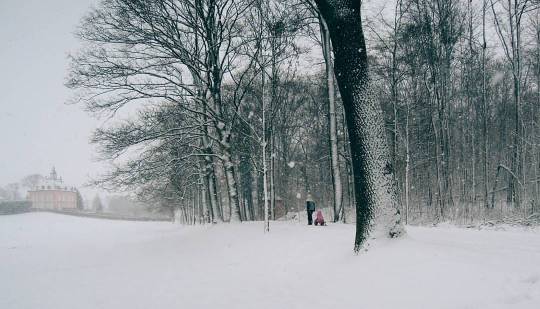
#skiundrodelgut (hier: Fasanenschlösschen)
1 note
·
View note
Photo

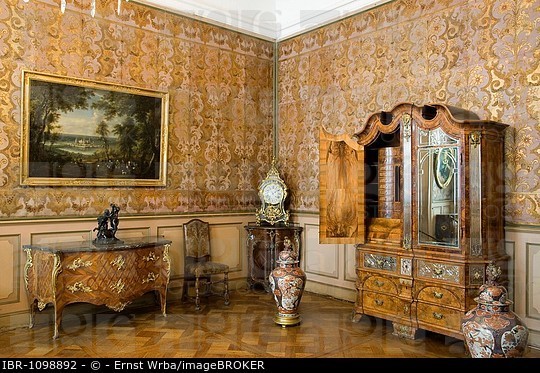
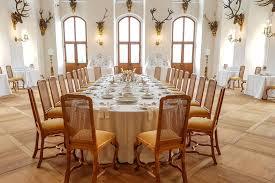
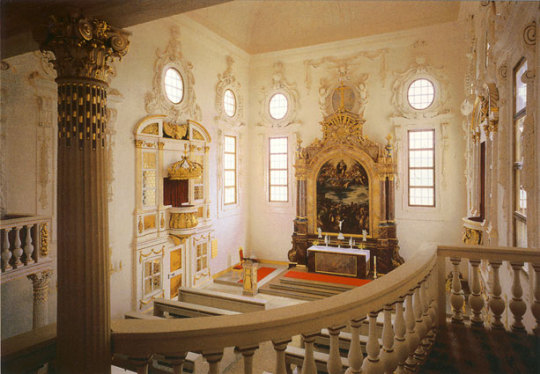
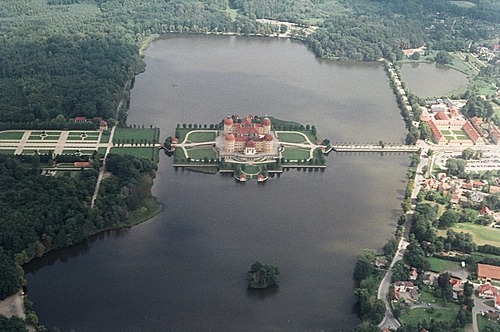


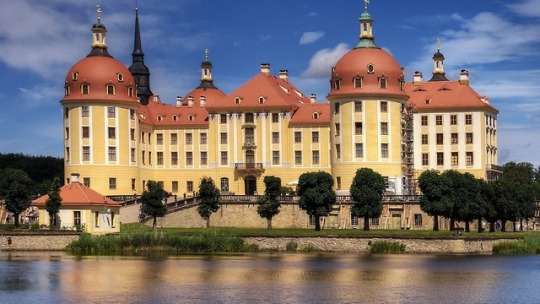
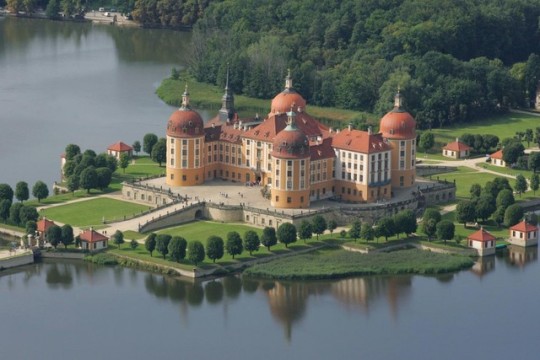
Castle's Rock - 11 April 2018
Schloss Moritzburg
Moritzburg, Saxony, Germany
Credits: Sasha Gebhardt
Moritzburg Castle (German: Schloss Moritzburg) or Moritzburg Palace is a Baroque palace in Moritzburg, in the German state of Saxony, about 13 kilometers (8.1 mi) northwest of the Saxon capital, Dresden. The castle has four round towers and lies on a symmetrical artificial island. It is named after Duke Moritz of Saxony, who had a hunting lodge built there between 1542 and 1546. The surrounding woodlands and lakes have been a favorite hunting area of the electors and kings of Saxony.
The original castle, built from 1542–1546, was a hunting lodge for Moritz of Saxony, then Duke of Saxony. Elector John George II of Saxony had the lodge extended; the chapel was added between 1661 and 1671. Designed by his architect, Wolf Caspar von Klengel, the chapel is an example of early Baroque architecture.
The chapel was consecrated in a Catholic rite in 1697, after the grandson of John George II, Elector Augustus II the Strong, converted to Catholicism in order to secure his election as King of Poland. Between 1723 and 1733, Augustus had the castle remodeled as a country seat by architects Matthäus Daniel Pöppelmann and Zacharias Longuelune, adding a formal park, several ponds and a game preserve.
The surroundings of the castle were further developed by Elector Frederick Augustus III of Saxony, a greatgrandson of Augustus II the Strong, at the end of the 18th century. The Little Pheasant Castle (Fasanenschlösschen) was built between 1770 and 1776. The grounds were extended to include a building for the storage of bird nets, the large Well of Venus, living quarters for Count Camillo Marcolini and a maritime setting on the Great Lake complete with a miniature harbour with jetty and lighthouse.
Prince Ernst Heinrich of Saxony, who lived in the castle between 1933 and 1945, was the last resident of the House of Wettin. He was dispossessed in 1945 by the postwar Soviet administration.
0 notes
Photo

Immer dem Wegweiser nach
#moritzburg#schlossmoritzburg#sachsen#saxony#simplysaxony#einfachsachsen#meindeutschland#visitdeutschland#germantourism#deutschlandtourismus#meindeutschlandliebe#srs_greatshots#srs_germany#germany#germanvision5k#fasanenschlösschen#wegweiser
0 notes
Text
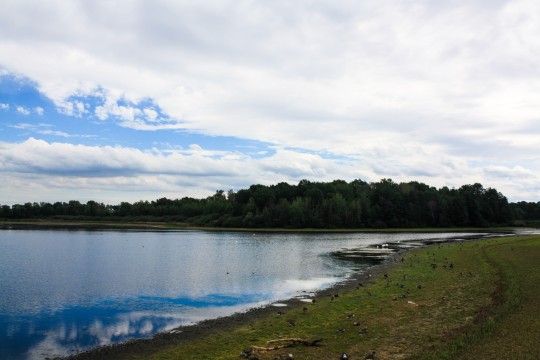
#moritzburg #schlossmoritzburg #leuchtturmmoritzburg #binnenleuchtturm @schloesserlandsachsen
@schloss_moritzburg_dresden #fasanenschlösschen #sachsen_entdecken #sachsen #landscapephotography
#landscape #landscapelovers #landscapelove #tagesausflug
#ausflug #throwback #throwbacksaturday #notthrowbackthursday
#comeerabello #quantosiabello #hashtag
0 notes
Photo

Fasanenschlösschen The ‘Fasanenschlösschen' also known as ‘Little Pheasant Castle’ measures just 13.4 square metres per floor. Despite its diminutive size this little palace has got it all: an antechamber, working cabinet, living room, bedroom, toilet and hall on the ground floor as well as a dining room and an apartment upstairs. The servants rooms are located in the attic. The small ‘Fasanenschlösschen’ is located close to another more famous (full-sized) castle 'Schloss Moritzburg'. The two castles are connected by a long vista although the ‘Little Pheasant Castle’ boasts its own miniature harbour and Saxony’s only lighthouse. August the Strong, Elector of Saxony and King of Poland laid the first foundations for ‘Fasanenschlösschen’ in 1728. At the time, it was used as a pheasantry. The pheasantry was devastated during the Seven Years’ War. August the Strong’s grandson Elector Friedrich August III (and future King Friedrich August I) gave the palace its current appearance. In 1769, one year after he had ascended to the electoral throne, he started with the reconstruction. Friedrich August III commissioned court architects Johann Daniel Schade and Johann Gottlieb Hauptmann to draw up plans for the small Rococo-style palace. Construction took place between 1770 and 1776 adding a second storey and adopting chinoise forms. After it was finished Friedrich August III used the ‘Fasanenschlösschen’ as an occasional summer residence. The surroundings were eventually extended by the Yarn House, a well, the alphabet hedge, a small residential home for Count Camillo Marcolini, senior chamberlain and boyhood friend of the Elector, wheat barns as well as stables and sheds for coaches. A few years later the pier with the lighthouse and the port followed. The ‘Little Pheasant Castle’ remained in the hands of the Saxon royal family as late as until 1945 when they were dispossessed by the Soviets. To this day the ‘Fasanenschlösschen’ is regarded the last castle in Saxony preserved in the original style of the Dresden Rococo with extensive preservation works having taken place in the last few years. #neonurchin #neonurchinblog #dedicatedtothethingswelove #suzyurchin (at Germany) https://www.instagram.com/p/CBKyXokAgIw/?igshid=1ly94661b5ph5
0 notes
Photo

Licht an... Moritzburg, März'16
#Fasanenschlös#fasanenschlösschen#moritzburg#Sachsen#Black and White#fotography#photography#photographers on tumblr
1 note
·
View note
Photo
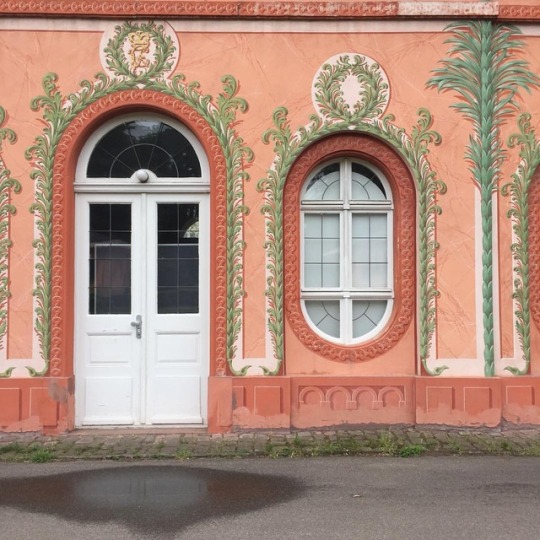
Pfützen #sonntag #schönabgekühlt #fasanenschlösschen #karlsruhe #fasanengarten #visitkarlsruhe (hier: Fasanengarten)
0 notes
